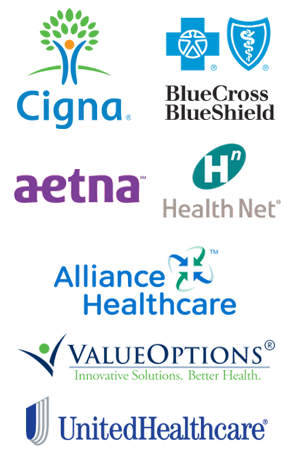Ketamine
 Ketamine is an injectable, short-acting anesthetic that has been used for humans and animals since the 1970’s. Ketamine can induce a state of sedation, feeling of being calm and relaxed, immobility, relief from pain and amnesia. It is labeled as a dissociative anesthetic and produces hallucinogenic effects as well. It is referred to as a “dissociative anesthetic” because it makes users feel detached from their pain and environment. It distorts perceptions of sight and sound and makes the user feel disconnected and not in control. Individuals abuse ketamine for its ability to produce dissociative sensations and hallucinations. Ketamine has also been used to facilitate sexual assault.
Ketamine is an injectable, short-acting anesthetic that has been used for humans and animals since the 1970’s. Ketamine can induce a state of sedation, feeling of being calm and relaxed, immobility, relief from pain and amnesia. It is labeled as a dissociative anesthetic and produces hallucinogenic effects as well. It is referred to as a “dissociative anesthetic” because it makes users feel detached from their pain and environment. It distorts perceptions of sight and sound and makes the user feel disconnected and not in control. Individuals abuse ketamine for its ability to produce dissociative sensations and hallucinations. Ketamine has also been used to facilitate sexual assault.
In 1999, ketamine including its salts and isomers became a Schedule III non-narcotic substance under the Federal Controlled Substances Act. It has a currently acceptable medical use but some potential for abuse, which may lead to moderate or low physical dependence or high psychological dependence. Ketamine is produced commercially in a number of countries, including the United States. Most of the ketamine illegally distributed in the United States is diverted or stolen from legitimate sources, particularly veterinary clinics. It is also smuggled into the United States from Mexico. Distribution of ketamine typically occurs among friends and acquaintances, most often at raves, nightclubs and private parties; street sales of ketamine are rare.
Commercially manufactured Ketamine comes in either a white or off-white powder or a clear liquid. Individuals can make a powder form by evaporating the liquid pharmaceutical ketamine using hot plates, warming trays, or microwave ovens. This process results in the formation of crystals, which are then ground into powder. Powdered ketamine (100 milligrams to 200 milligrams) typically is packaged in small glass vials, small plastic bags, capsules as well as paper, glassine or aluminum foil folds. Powdered ketamine is cut into lines known as bumps. Then individuals can either snort or smoke it in marijuana or tobacco cigarettes. Individuals either inject liquid Ketamine or mix it into drinks.
Individuals can use ketamine by itself but more often it is in combination with MDMA, amphetamine, methamphetamine or cocaine. Ketamine, along with the other “club drugs,” has become popular among teens and young adults at dance clubs and “raves.” A “Special K” trip is thought to be better than that of LSD or PCP because its hallucinatory effects are relatively short in duration, lasting approximately 30 to 60 minutes as opposed to several hours. Slang for experiences related to Ketamine or effects of Ketamine include: “K-land” (refers to a mellow and colorful experience), “K-hole” (refers to an out-of-body, near death experience), “Baby food” (users sink in to blissful, infantile inertia) and “God” (users are convinced that they have met their maker).
When using Ketamine the onset of effects is rapid and often occurs within a few minutes of taking the drug. When it is taken orally the onset of effects is usually slower. Users have reported experiencing flashbacks several weeks after they have used the drug. Ketamine use may cause agitation, depression, cognitive difficulties, unconsciousness, nausea and amnesia. A couple of minutes after taking the drug, the user may experience an increase in heart rate and blood pressure that gradually decreases over the next 10 to 20 minutes. Ketamine can make users unresponsive to stimuli. When in this state, users experience: involuntarily rapid eye movement, dilated pupils, salivation, tear secretions and stiffening of the muscles.
Street names of Ketamine include: Cat Tranquilizer, Cat Valium, Jet, Jet K, K, Kit Kat, Purple, Special K, Special La Coke, Super Acid, Super K and Vitamin K. Drugs that have similar effects include: LSD, PCP, and mescaline can cause hallucinations similar to Ketamine.
If you or someone you love has a problem with Ketamine, call our professionals at Sobriety Resources (855)289-2640 today to experience the freedom of sobriety.


